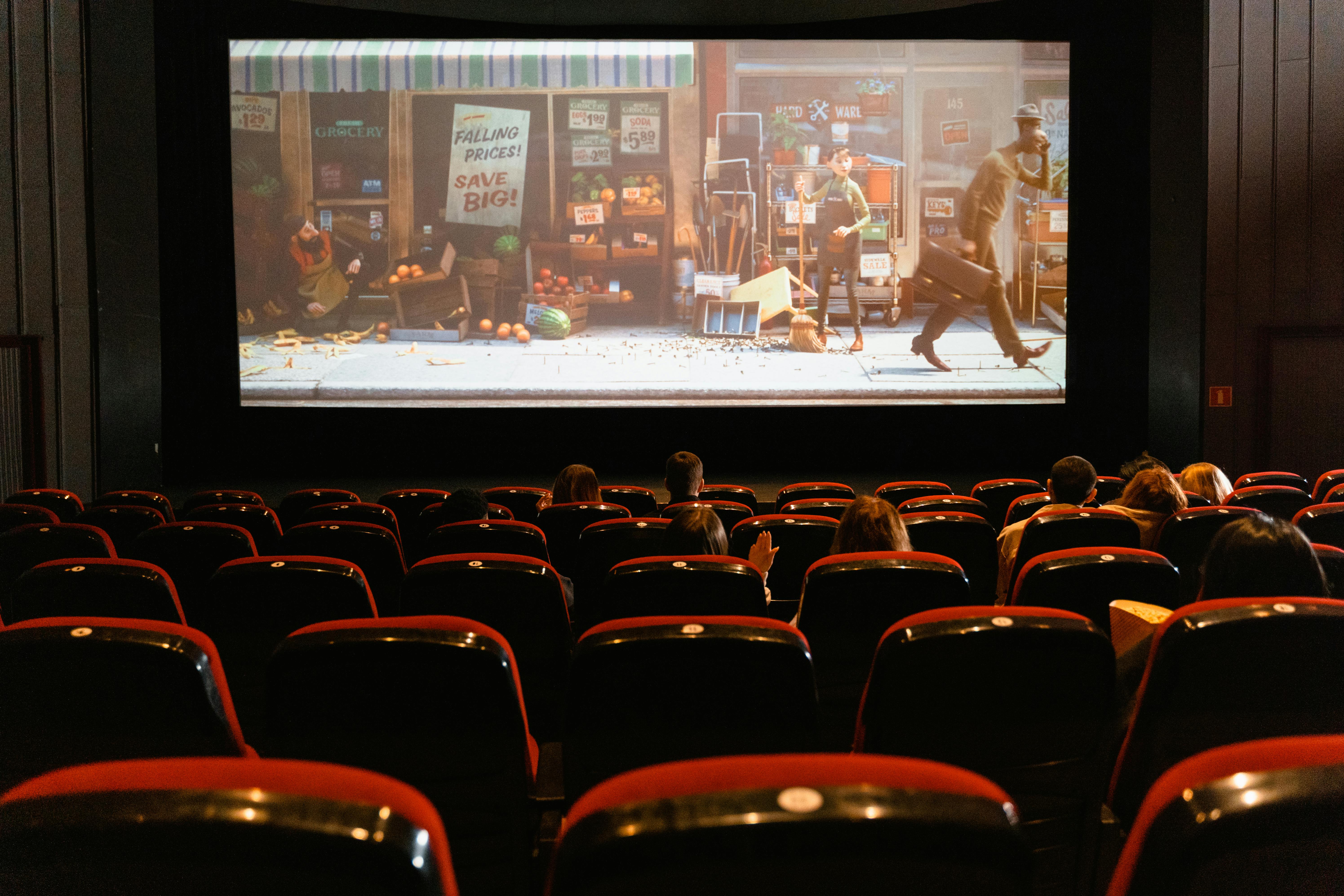"Probing the Resurgence of Silent Films in Contemporary Cinema"
In a world dominated by CGI effects and multilayered soundtracks, an unexpected trend is emerging: the resurgence of silent films. This article delves into the history of silent films, their unexpected comeback, and the implications this trend has on contemporary cinema.

A Return to Silent Roots
Silent films, a staple of the early 20th century, were rendered obsolete with the advent of “talkies”. However, recent years have seen a resurgence of this once-forgotten form in a nostalgic homage to the origins of cinematography. Today’s filmmakers are breathing new life into the silent genre, exploring its untapped potential to provide a unique, immersive experience that stands in stark contrast to the sensory overload of modern film production.
The Contemporary Silent Film Landscape
Currently, filmmakers such as Michel Hazanavicius and Aki Kaurismäki are leading the silent film renaissance. Hazanavicius’s ‘The Artist’ won five Academy Awards in 2012, including Best Picture, heralding the return of the silent film genre. Similarly, Kaurismäki’s ‘Le Havre’ utilized the elements of silent cinema to critical acclaim. These films, among others, have sparked a renewed interest in the genre, leading to a wave of silent film festivals and dedicated screenings worldwide.
The Impact and Significance of Silent Films
The resurgence of silent films is more than a mere nostalgic nod to the past. This trend signals a shift in how filmmakers and audiences perceive storytelling, focusing on visual narrative devices over dialogue. Silent films compel the audience to interpret the story through nuances in the actors’ performances and the director’s visual choices. This return to a more interactive form of viewing challenges the conventional passive consumption of films, adding a fresh, exciting dimension to modern cinema.
Silent Films: A Reflection of the Times?
On a deeper level, the rise of silent films could be indicative of broader socio-cultural trends. In an era of information overload, the simplicity and purity of silent films offer a refreshing change. These films require viewers to engage in active processing, promoting a more mindful and immersive viewing experience. Could this trend be a response to our increasingly complex and noisy world, reflecting a collective desire for simplicity and clarity?
Conclusion
The resurgence of silent films is a fascinating trend within the contemporary cinema landscape. By returning to the roots of cinematography, filmmakers are challenging traditional storytelling norms and offering audiences a unique viewing experience that stands apart from the mainstream. As this trend continues to gain momentum, it will be interesting to see how it shapes the future of the film industry.




